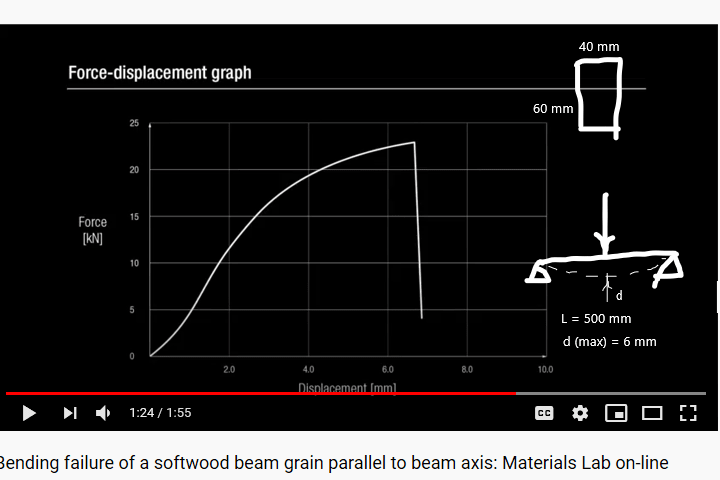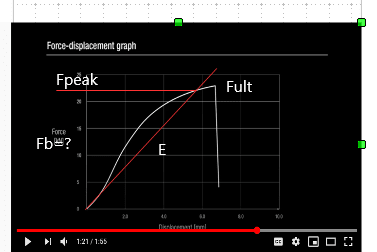mfstructural
Structural
- Feb 1, 2009
- 230
I have a design I'm working on where there are currently 2x6 ceiling joists installed that are spanning 13.5 feet on each side of a load bearing wall in a residence. The owner wants to remove the wall and replace with an LVL. The LVL will be a 3 ply 7.25" beam that will be installed with its bottom flush with the ceiling joists to have a flat ceiling. The attic above is currently unfinished, but he wants to finish it and live up there at some point, so I have to reinforce the existing joists. It's an older home but I'll be conservative and assume a No. 2 value for Fb for the existing joists. My question is regarding to designing the sister member. Assuming the members are the same strength, Fb and E, can I apply a percentage of load to each based on the ratio of their section moduli? For example if I have 100 PLF on a joist can I apply 36.5% of the load to the 2x6 and 63.5% of the load to the 2x8?
Another question is regarding the number of screws to use? I would use shear flow to calculate this correct? Because the 2x8 will be higher and the sheathing will be placed on it, it will transfer the floor load to the 2x6 via the screws fastening them together.
Lastly, what is everyone's thoughts on using face mounted hangers vs. top mounted (with the flange)? I prefer to user vertical but the contractor I met with is wanting to use face mounted.
Thanks
Another question is regarding the number of screws to use? I would use shear flow to calculate this correct? Because the 2x8 will be higher and the sheathing will be placed on it, it will transfer the floor load to the 2x6 via the screws fastening them together.
Lastly, what is everyone's thoughts on using face mounted hangers vs. top mounted (with the flange)? I prefer to user vertical but the contractor I met with is wanting to use face mounted.
Thanks


